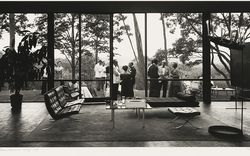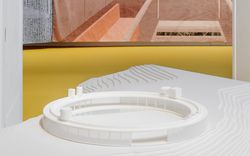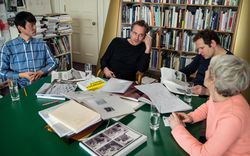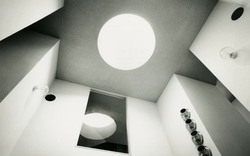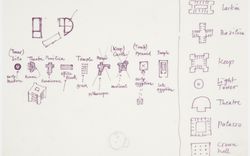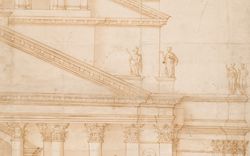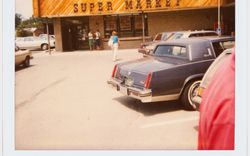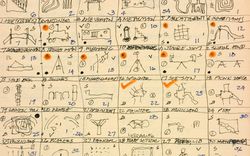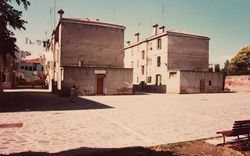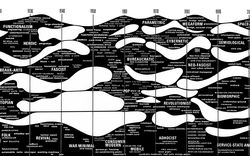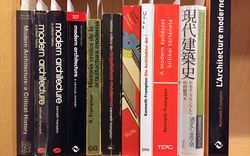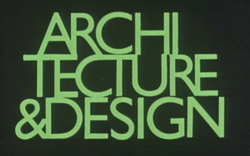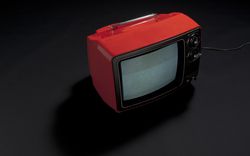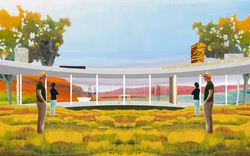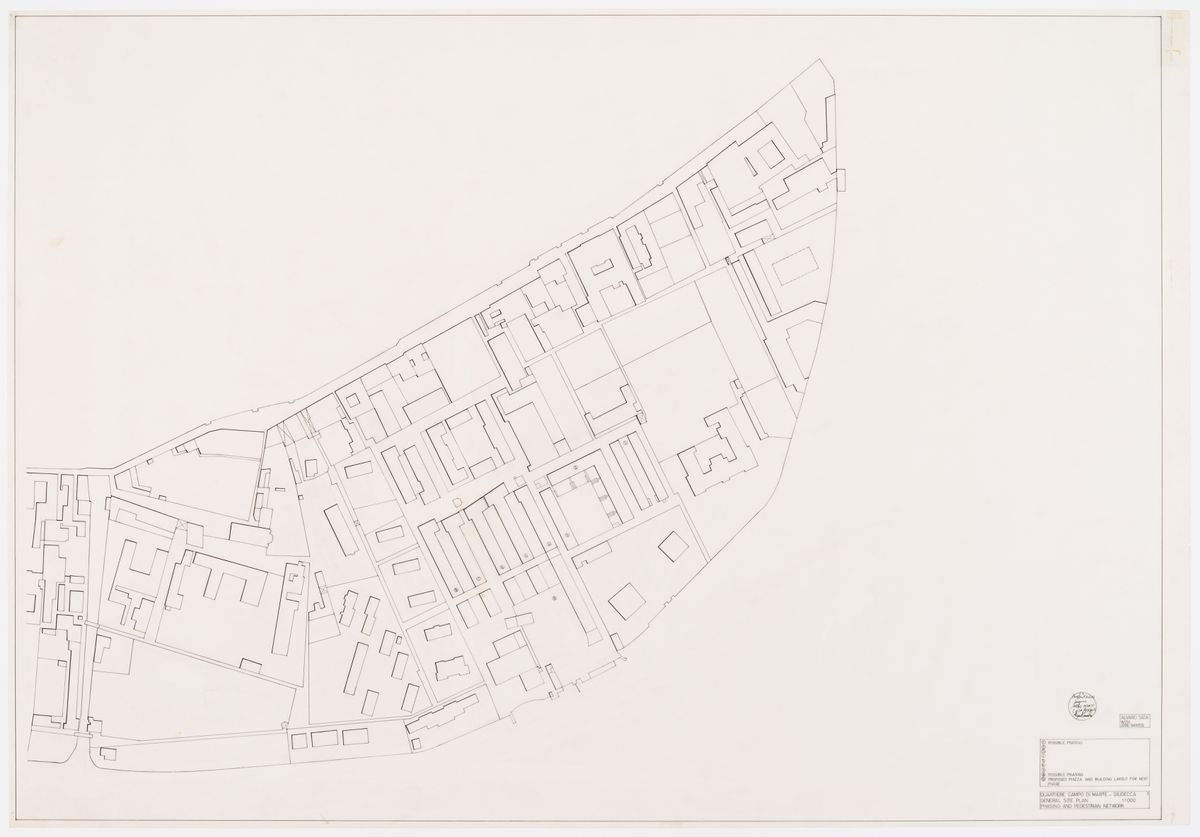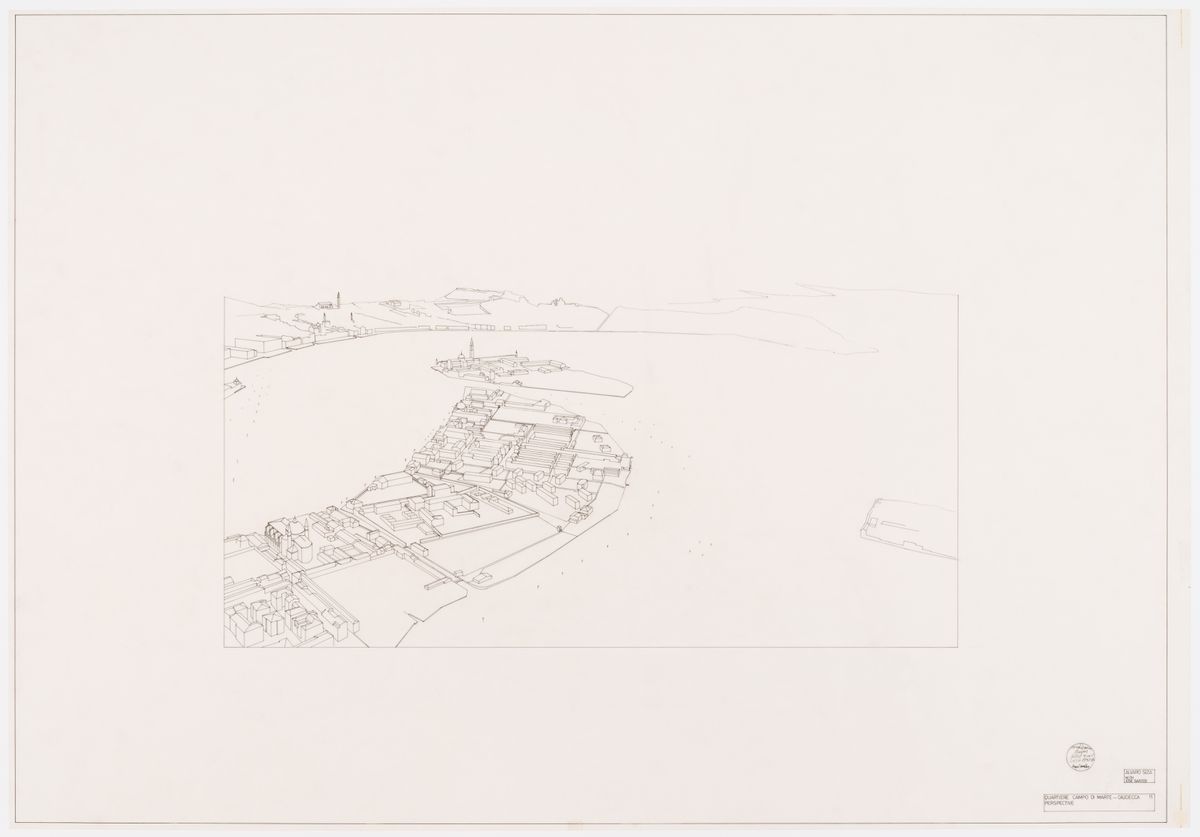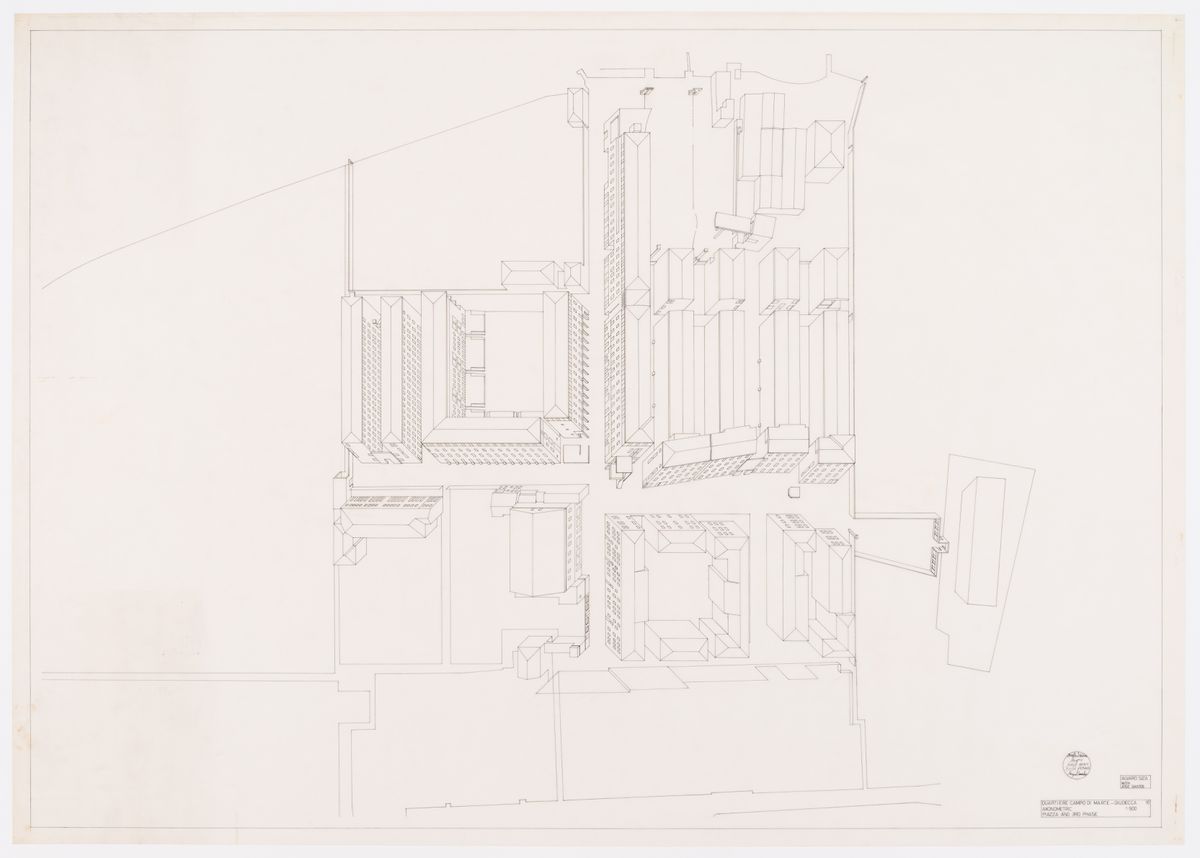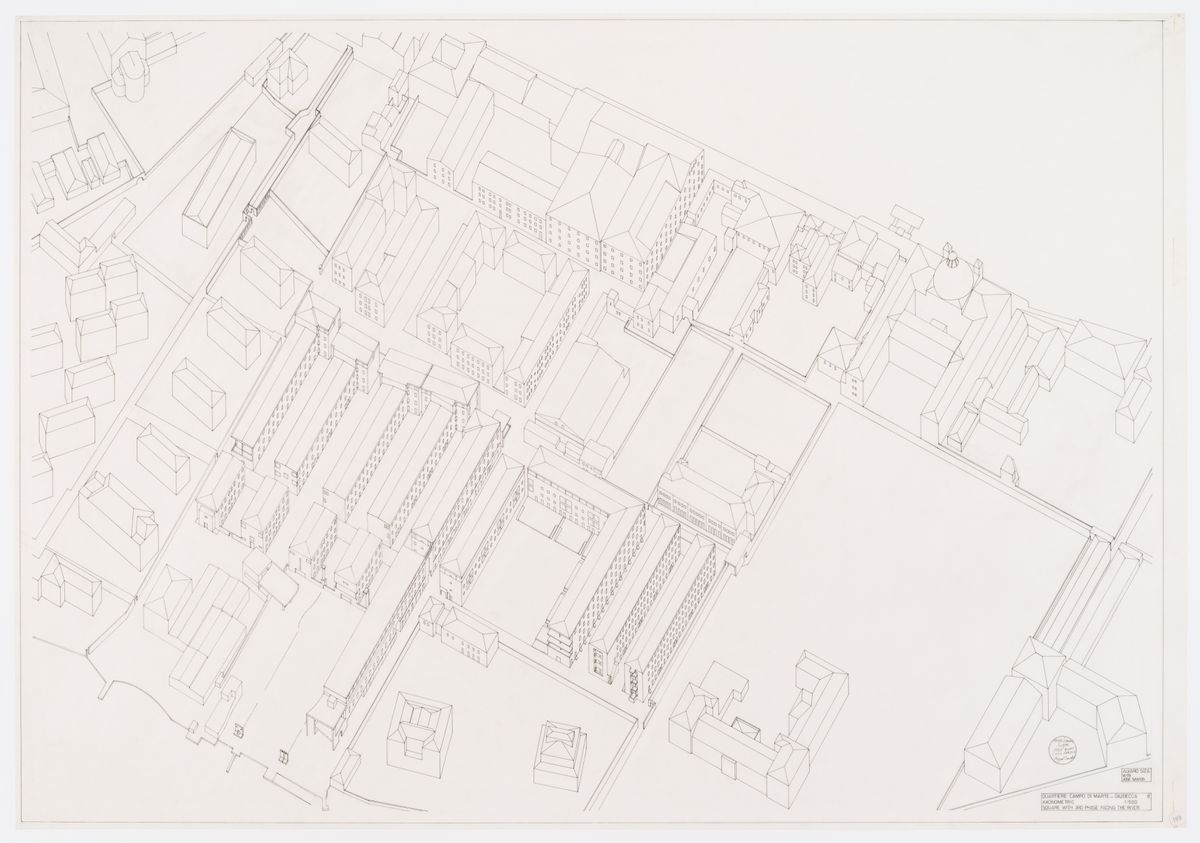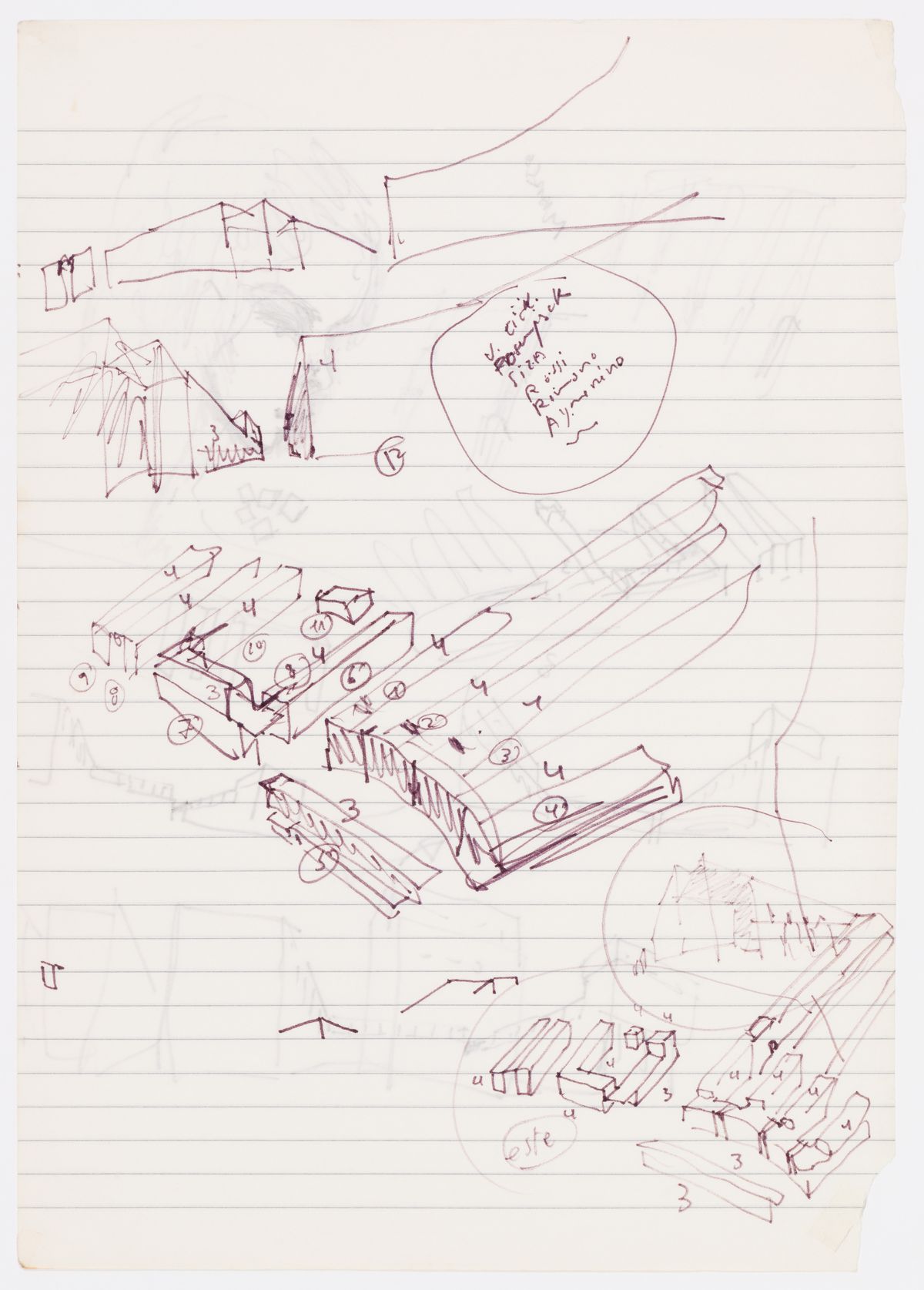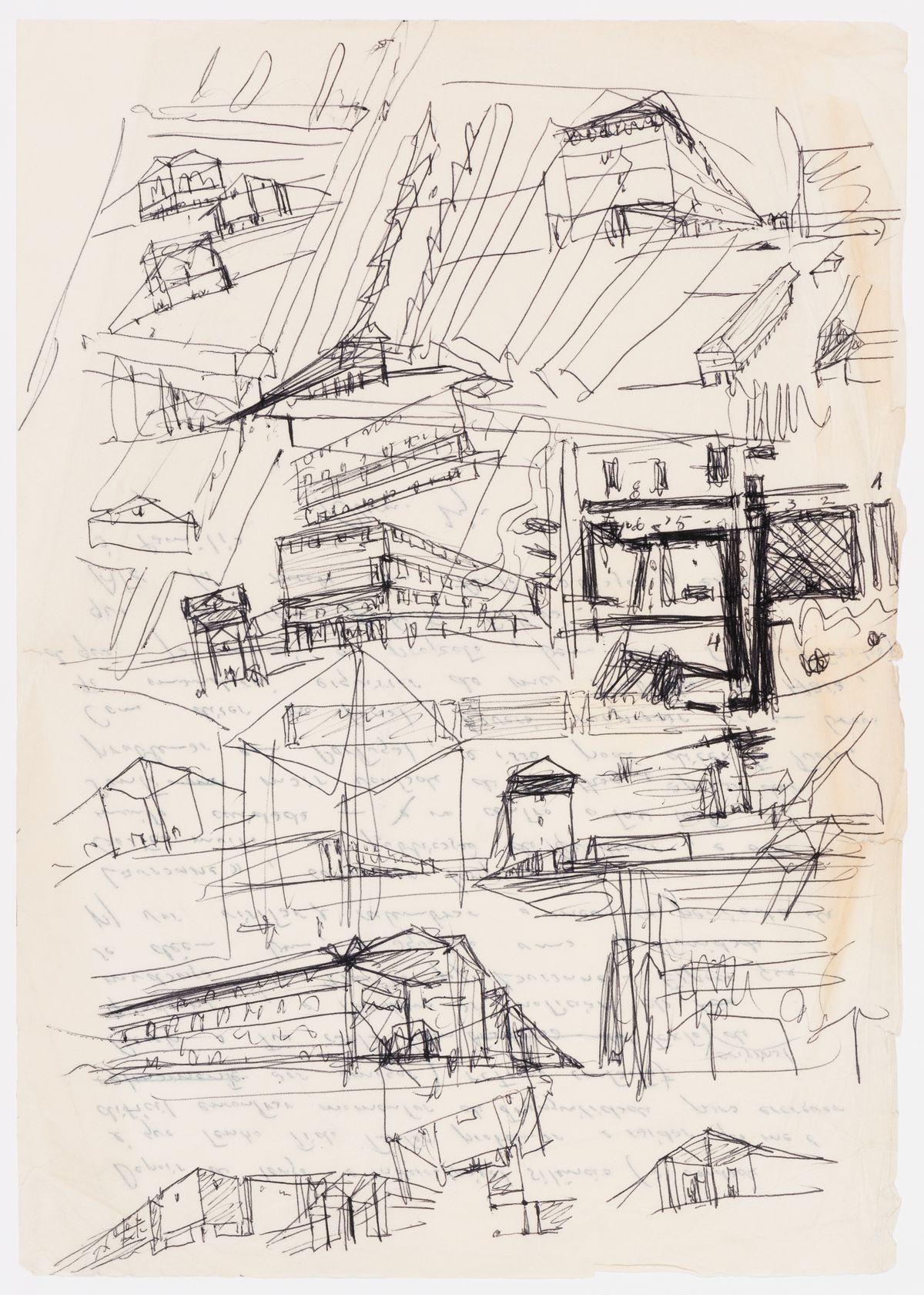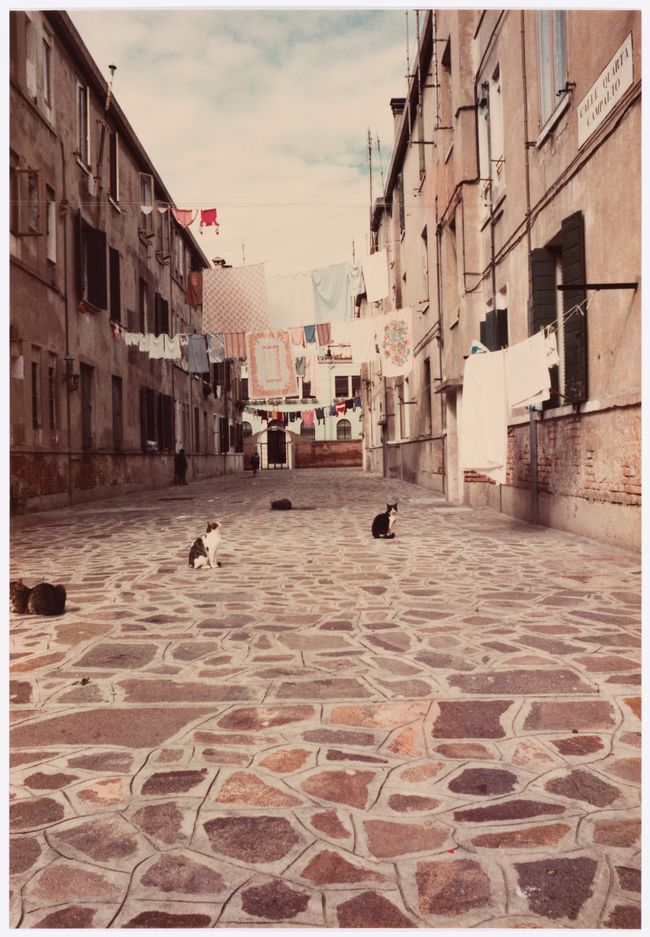The Giudecca Project
Text by Rafael Moneo
Álvaro Siza’s project for Giudecca is, as always, a sign of intelligence.
Siza’s profound sense of reality is reflected in his respect for the neighbourhood where he intervenes, for the people who occupy it—for what is built, in a word. It is something that prompts him, on this occasion, to forego the appeal that the new always offers. Siza understood that he should not affect the lives of the local people and that he therefore had to respect the character, the spirit of the architecture of Giudecca, which, first of all, meant accepting the dimensional order according to which it was built.
Old plans show us how the occupants of San Giorgio Maggiore laid out their dwellings in calli perpendicular to the fundamenta that looks toward Venice. Giudecca was colonized through calli. By means of modern slab blocks, present-day heirs to the Siedlungen, Siza thought Giudecca’s housing needs could be answered. Siza’s entire intervention stems from something as simple as this: the discovery that modern housing slabs can coexist with Giudecca’s old construction. Respect for the morphology, not the type, lies at the source of the project. Aymonino and Rossi’s built projects seem to advocate the opposite: typology over urban form.1
Hence the layout of the competition proposal, with its attention to the alignment of buildings and introduction of an open space, like a campo, which becomes a prominent urban element that ultimately characterizes the intervention—limited, sadly, to just half of what the competition entry had envisaged. Access to this campo is not left to chance; it is organized by means of a cleft produced by the offset alignment of the slabs, an opening in the dihedron where a blind wall configures a square enclosure, a small plaza. Campo and plaza, defined by two different dimensional orders, generate a concatenation of spaces to which Siza ultimately entrusts the architectural experience. Which subtly eliminates any temptation to see the campo as a cortile, a closed space.
A minimal but extraordinarily effective intervention to transform the neighbourhood, in which the hermetic houses Siza built are incorporated without any pretension to be seen, in an example of Siza’s sense of reality, and his powerful intelligence.
-
Several of the architects who participated in the 1983 competition for the Campo di Marte urban plan were asked to contribute buildings in the context of Siza’s winning design: Carlo Aymonino, Aldo Rossi, Moneo, and Siza himself. Aymonino’s and Rossi’s buildings were ultimately completed in 2004; after another delay, Siza’s was realized in 2016. Moneo’s contribution has not yet been built. ↩
We asked Rafael Moneo to write this text during the opening of the Venice Architecture Biennale in May 2016.
